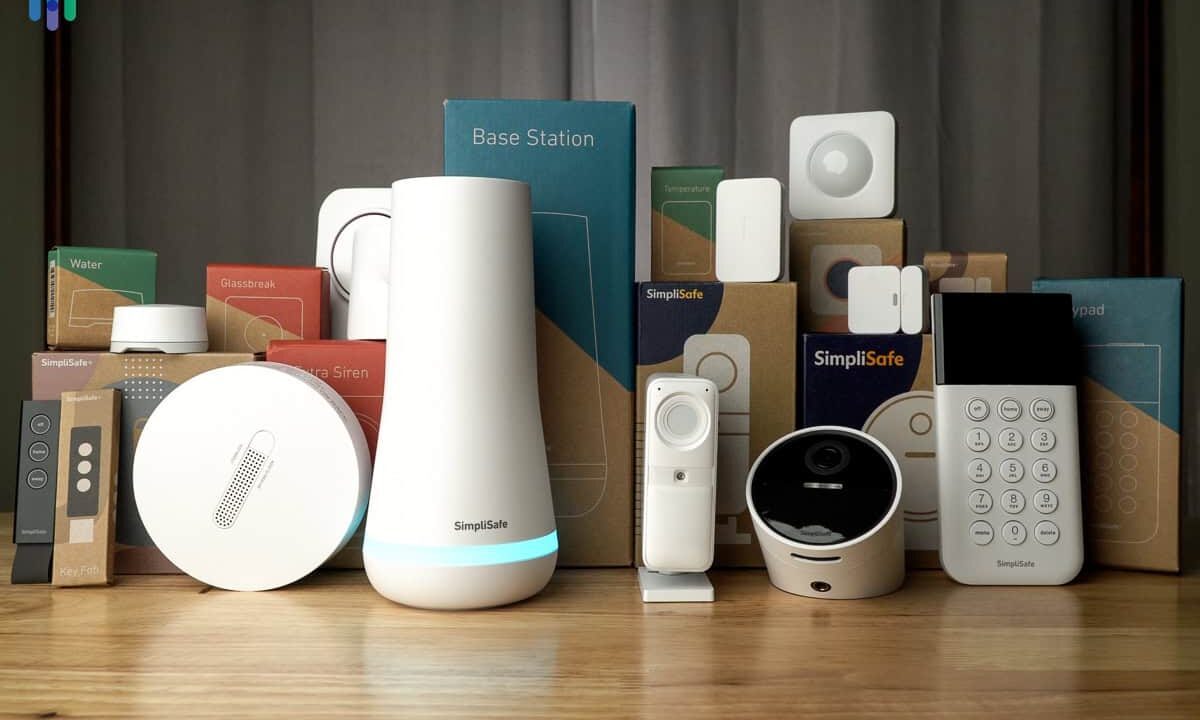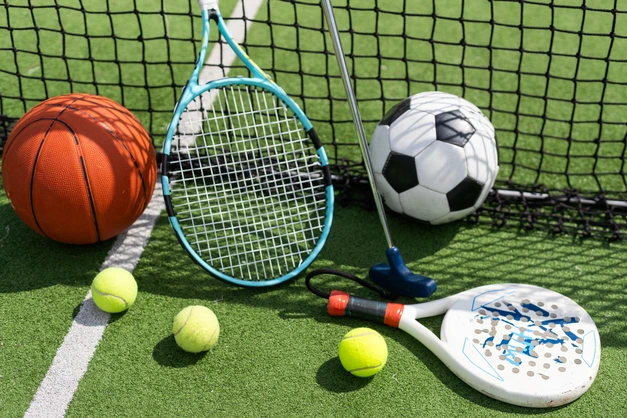Raising kids who love sports is a joy, but the avalanche of cleats, helmets, balls, and shin guards can turn your home into a gear-strewn obstacle course. As a parent who’s juggled soccer practice, baseball games, and swim meets for three kids, I’ve learned that an organized system isn’t just about tidiness—it’s about sanity. This article dives deep into practical, parent-tested tips for organizing your children’s sports gear, saving you time, space, and stress while keeping your young athletes ready to play. Whether you’re dealing with a tiny apartment or a sprawling garage, these strategies will help you conquer the clutter and make game day prep a breeze.
Why Organizing Sports Gear Matters
Sports gear organization isn’t just about aesthetics; it’s about functionality and fostering responsibility in kids. A chaotic pile of equipment can lead to lost items, last-minute scrambles, and unnecessary expenses for replacements. Plus, teaching kids to care for their gear instills discipline and respect for their belongings. With a solid system, you’ll spend less time searching for that missing soccer cleat and more time cheering from the sidelines.
The Hidden Costs of Disorganization
Disorganization can hit your wallet and your peace of mind. Lost gear means rebuying expensive items, and a cluttered space can make your home feel chaotic. I once spent $50 replacing a “lost” baseball glove that was buried under a pile of old jerseys—only to find it the next season. A good organization system prevents these costly mishaps and keeps your home functional.
Building Responsibility in Kids
When kids know where their gear belongs, they’re more likely to take ownership of it. My daughter, now 10, used to leave her soccer shin guards everywhere until we set up a labeled bin just for her. Now, she puts them away without a fuss (most of the time). A clear system empowers kids to manage their equipment, teaching them skills that carry into adulthood.
Step 1: Declutter Before You Organize
Before diving into storage solutions, start by decluttering. Sort through every piece of gear to determine what’s usable, outgrown, or broken. This step sets the foundation for an organized system and prevents you from storing items you don’t need.
How to Declutter Effectively
Gather all sports gear in one place—yes, even that stray tennis ball under the couch. Sort items into three piles: keep, donate, and toss. Be ruthless: those cracked shin guards or outgrown cleats aren’t doing anyone any favors. I found eight basketballs in our garage once, half of which were flat. Donating usable gear to local sports programs feels great and clears space.
Involving Your Kids in the Process
Get your kids involved in decluttering to teach them decision-making. Ask them to try on gear to check for fit and discuss what they still use. My son was shocked to realize he’d outgrown his favorite hockey pads, but helping sort them made him excited to pass them on to a younger teammate.
Step 2: Choose the Right Storage Solutions
Once you’ve decluttered, it’s time to pick storage that fits your space and lifestyle. From garage shelving to portable bins, the right tools make all the difference. Here’s a breakdown of the best options for different setups.
Wall-Mounted Racks for Small Spaces
Wall-mounted racks are a game-changer for tight spaces like apartments or small garages. They keep gear off the floor and easily accessible. We installed a simple bike rack in our entryway, and it holds helmets, scooters, and even rollerblades without eating up floor space. Look for racks with adjustable hooks to accommodate various gear sizes.
Pros and Cons of Wall-Mounted Racks
- Pros: Space-saving, affordable, easy to install.
- Cons: Limited capacity for larger items like hockey bags, requires wall space.
Rolling Carts for Versatility
Rolling carts with elastic sides or compartments are perfect for families with multiple sports. They’re mobile, so you can wheel them to the car for practice or into a closet for storage. We use a cart for soccer and baseball gear, and the kids love tossing their balls into the stretchy sides—it’s like a game!
Pros and Cons of Rolling Carts
- Pros: Portable, kid-friendly, flexible for multiple sports.
- Cons: Can tip if overloaded, not ideal for heavy equipment like bikes.
Dedicated Storage Bins for Each Child
Assigning each child their own labeled bin keeps gear separate and reduces fights over whose stuff is whose. We use clear plastic bins so the kids can see what’s inside without digging. Personalizing bins with stickers makes them fun for younger kids to use.
Comparison: Wall Racks vs. Rolling Carts vs. Bins
| Storage Type | Best For | Cost Range | Space Needed | Kid-Friendly? |
|---|---|---|---|---|
| Wall-Mounted Racks | Small spaces | $20–$100 | Minimal | Moderate |
| Rolling Carts | Multiple sports | $30–$150 | Moderate | High |
| Storage Bins | Individual gear | $10–$50 | Flexible | High |
Step 3: Create a System That Sticks
A storage solution is only as good as the system behind it. Create a routine that’s easy for everyone to follow, especially busy parents and distracted kids. Consistency is key to keeping gear organized long-term.
Labeling Everything
Labels are your best friend. Use clear, bold labels on bins, shelves, or hooks to show where each item belongs. We use a label maker for a polished look, but even a marker on painter’s tape works. My kids know exactly where their lacrosse sticks go, thanks to a big “LACROSSE” label on the shelf.
Setting Up a Gear Drop Zone
Designate a specific spot near the door for gear to land after practice. A bench with cubbies or a hanging organizer works well. Our drop zone is a corner of the mudroom with hooks and a basket—gear gets hung up or tossed in, and we sort it weekly. It’s not perfect, but it keeps the chaos contained.
Weekly Maintenance Routine
Set aside 10 minutes each week to tidy up. Check for misplaced items, clean muddy gear, and ensure everything’s ready for the next practice. We do this on Sunday evenings, and it’s become a family ritual—complete with music to keep it fun.
Step 4: Make Gear Accessible for Kids
Kids are more likely to use a system if it’s designed with them in mind. Make storage accessible, safe, and intuitive to encourage independence.
Height-Appropriate Storage
Place bins, hooks, and shelves at kid-friendly heights. My youngest, at 6, can’t reach high shelves, so his soccer gear lives in a low bin he can manage himself. Adjustable shelving units are great for growing kids.
Color-Coding for Multiple Kids
If you have more than one child, color-code their gear. My daughter’s blue bin holds her swim goggles and cap, while my son’s green one is for his baseball gear. It’s a visual cue that makes sorting effortless and prevents mix-ups.
Step 5: Maintain and Clean Gear Regularly
Sports gear gets sweaty, muddy, and smelly fast. Regular cleaning prevents odors and extends the life of expensive equipment. Plus, it keeps your storage area from turning into a biohazard zone.
Cleaning Tips for Common Gear
- Cleats: Remove dirt with a brush and wipe with a damp cloth. Stuff with newspaper to absorb moisture.
- Helmets: Disinfect with a mild soap solution and air dry to prevent mold.
- Balls: Wipe with disinfectant wipes and store deflated to save space.
Odor Control Hacks
Smelly gear is a universal parenting struggle. Try placing dryer sheets or cedar blocks in storage bins to keep odors at bay. We also use a spray bottle of diluted vinegar to spritz hockey pads—it’s cheap and works like magic.
People Also Ask (PAA) Section
How do I organize sports equipment in a small space?
Use wall-mounted racks or stackable bins to maximize vertical space. Hooks for bags and helmets keep floors clear, and collapsible organizers can be tucked away when not in use. For example, a corner shelving unit can hold multiple sports items without crowding your space.
What is the best way to store kids’ sports gear?
The best storage depends on your space and needs, but labeled bins or rolling carts are versatile and kid-friendly. Wall racks work well for small spaces, while dedicated shelves suit larger areas. Choose solutions that are easy for kids to access and maintain.
Where can I buy affordable sports gear organizers?
Retailers like Amazon, Walmart, or The Container Store offer budget-friendly options like bins, racks, and carts starting at $10. Check local sporting goods stores like Dick’s Sporting Goods for specialized organizers.
What are the best tools for organizing sports gear?
Top tools include clear storage bins ($10–$50), wall-mounted racks ($20–$100), and rolling carts ($30–$150). Label makers or waterproof labels add organization, while odor-eliminating sprays like Febreze keep gear fresh. Look for durable, kid-friendly designs.
FAQ Section
How often should I declutter my kids’ sports gear?
Declutter at least twice a year, ideally at the start and end of each sports season. This ensures you’re only storing usable items and helps you spot gear that needs replacing.
Can I store sports gear in a damp garage?
Avoid storing gear in damp areas to prevent mold and rust. Use sealed bins or dehumidifiers if a garage is your only option. Silica gel packets can also absorb moisture in storage containers.
How do I teach my kids to maintain their gear?
Start with a simple system, like labeled bins or a drop zone, and model the behavior yourself. Praise them for putting gear away correctly, and make it fun with rewards like stickers for younger kids.
What’s the best way to clean smelly sports gear?
Wash removable pads in a machine on a gentle cycle, and wipe hard surfaces like helmets with disinfectant. Use odor-neutralizing sprays or dryer sheets in storage bins to keep smells under control.
Where can I donate old sports gear?
Local youth sports programs, schools, or organizations like Goodwill often accept usable gear. Check with nearby community centers or sports leagues for donation drives.
Conclusion: Take Control of the Chaos
Organizing your children’s sports gear doesn’t have to feel like running a marathon. By decluttering, choosing the right storage, and creating a kid-friendly system, you’ll transform chaos into calm. Start small—maybe with a single bin or a labeled hook—and build from there. You’ll save time, money, and stress while teaching your kids valuable habits. So, grab that stray soccer ball, rally the family, and make gear organization a win for everyone. What’s your favorite way to keep sports gear in check? Share your tips below!





